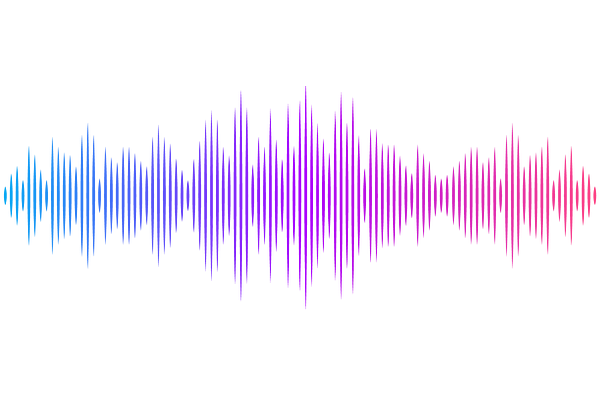Co-Electrospinning Extracellular Matrix with Polycaprolactone Enables a Modular Approach to Balance Bioactivity and Mechanics of a Multifunctional Bone Wrap

Co-Electrospinning Extracellular Matrix with Polycaprolactone Enables a Modular Approach to Balance Bioactivity and Mechanics of a Multifunctional Bone Wrap
Jones, S.; Laude, M.; Oyebanji, Z.; Birur, R.; Luengo Martinez, A.; Gilbert, I.; Baek, P.; Cosgriff-Hernandez, E.
AbstractDecellularized tissue possesses significant regenerative potential, yet fabricating complex extracellular matrix (ECM) scaffolds remains challenging. Blending with synthetic polymers can aid ECM fabrication but often relies on digested ECM and encapsulation within the synthetic matrix can limit cell-ECM interactions. We recently developed a suspension electrospinning platform to facilitate ECM scaffold fabrication without the need for digestion or polymer-carriers. Its integration into a co-electrospinning system enables modular design of composite scaffolds to combine the regenerative potential of ECM with the advantages of synthetic polymers. This study directly compares co-electrospinning and blend electrospinning of polycaprolactone and small intestinal submucosa (SIS) for use as a bone wrap to augment membrane durability, sustain infection control, and enhance vascularity in Masquelet induced membrane technique. Co-spun wraps demonstrated improved handling properties as compared to ECM wraps and solvent welding was used to achieve target suture retention standards without diminishing SIS content. Unlike the blended wraps, the co-spun wraps supported full-thickness cell infiltration within 4 weeks, released gentamicin at a bactericidal concentration for 6 weeks, and demonstrated enhanced angiogenic properties. Collectively, these findings highlight the functionality of a co-electrospinning modular design and demonstrate the efficacy of using a co-spun wrap in bone tissue engineering applications.